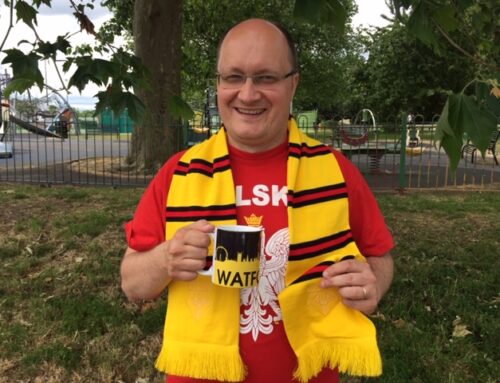When Living City began there were no smartphones, and computers were the privilege only of the Pentagon and some experimenters. The world was divided by a wall that physically separated Berlin but symbolically cut the planet into two blocks: East and West. Communities and horizontal democracy — as they are in a major part of today’s daily social media experience, were a utopia experienced by few at that time. Yet from its very first copy, this North American Focolare publication pushed ahead of the rest and pursued with determination the mission of being a means of dialogue, of meeting between individuals and peoples, between social classes and political parties, between religions and non-believers, through testimonies, best practices and a spirituality of communion that its editors knew would nourish the vision.
Fifty years later, Living City celebrated this milestone with a discussion on social and civic media responsibility at a time of social polarization. The Institute on Religion, Law and Lawyer’s Work at New York’s Fordham University hosted the panel with Tim Walter, Executive Director of the Catholic Press Association; Fr. Patrick Gilger, contributing editor at America Media; Alex W. White, Associate Professor of Design Management at Shintaro Akatsu School in Bridgeport, Connecticut and Amy Uelmen, lecturer at Georgetown Law School in Washington. The title given to the evening was: “Building bridges. How can media facilitate dialogue in our polarized society?”
Introducing the panel, Angelo Matera, a journalist and communications expert, stressed that one of the challenges of today’s journalism is to restore the value given to people and call the media back to their original vocation. He said that journalism is “a place of witness, a public place of building an identity that shows the encounter of people with their own identity, with others and with God.” Fr. Patrick Gilger spoke of a media that gives more nuanced views of how we can talk about what is happening in the world today “that testify to the beauty of encounter, which encourages people to go outside themselves towards the other and that encourages public participation without feeling difference as a threat but rather as an opportunity.”
Empathy was the central point of Alex W. White. He spoke of the richness that comes when diverse teams in any field work together and put empathy at the forefront. This can apply to those in the media as well: “When you are trying to solve a problem, you have to find those who have the problem, speak with them and understand their feelings.” In media, ask “What do my readers really want to know about, from their perspective?” Then you can begin to serve them well and do your job.
Tim Walter, Executive Director of the CPA, representing over 250 Catholic media outlets in North America, warned of “the fundamentalism of opinion,” so that “likes” on social media become a meter of value independent of facts; the more or less blatant rejection of the teachings of the Catholic Church, the difficulty of engaging readers with ideas that are positive and attentive to the encounter with diversity. “We have the responsibility for cultural change,” he continued, “and therefore every once in awhile you need to encourage readers to disconnect or turn off the TV in order to focus on real life, listening to voices other than my own. It is difficult to overcome polarization but not impossible.”
Do not escape crises, clashes, disagreements and find common elements: these are the first steps that Amy Uelmen suggested when it comes to establishing dialogue. “It is necessary to first of all cultivate a culture of trust and to learn how to put yourself in the shoes of the speaker and to be confronted with difficulties and prejudices. This dialogic exercise, if fully exercised, also changes me, because reason at all cost brings sterile fruits, while putting yourself in the presence of God that the other can represent will change perspectives.”
In the dialogue that followed, participants asked in various ways about the difficulty of people being enclosed in their own shells. “It’s just coming out, not fearing to show vulnerability, limitations and imperfections that we build our identity and understand that of others, building points of encounter,” concluded Fr. Gilger.
Here is the live streaming of the event at Fordham University
published on our YouTube channel:




Leave A Comment